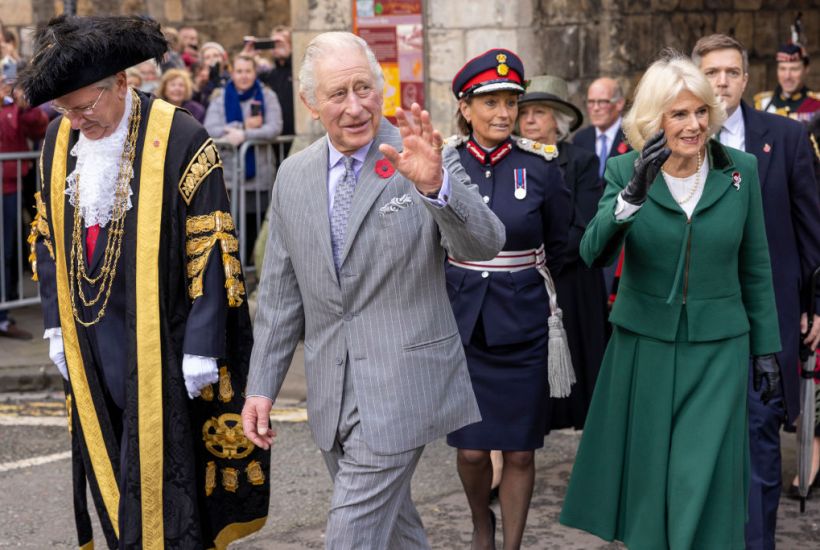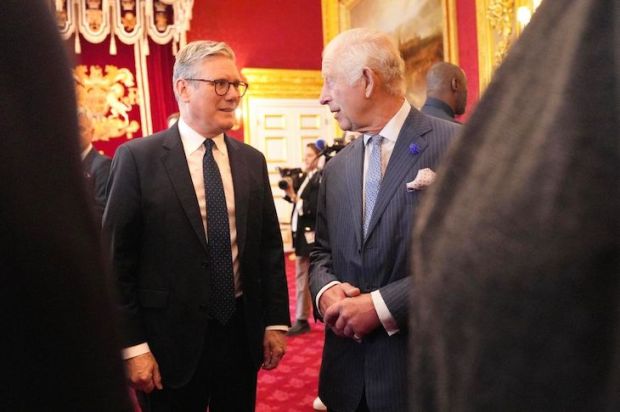The news that his security experts are conducting an urgent review of the King’s safety during his expected traditional Christmas Day walkabout near his Norfolk home, Sandringham – where he will be accompanied by his wife – is sad but scarcely surprising.
Already in his short reign there have been two disturbing incidents: eggs were thrown at Charles during royal visits to York and Lincoln.
Already a subscriber? Log in
Subscribe for just $2 a week
Try a month of The Spectator Australia absolutely free and without commitment. Not only that but – if you choose to continue – you’ll pay just $2 a week for your first year.
- Unlimited access to spectator.com.au and app
- The weekly edition on the Spectator Australia app
- Spectator podcasts and newsletters
- Full access to spectator.co.uk
Or




















Comments
Don't miss out
Join the conversation with other Spectator Australia readers. Subscribe to leave a comment.
SUBSCRIBEAlready a subscriber? Log in